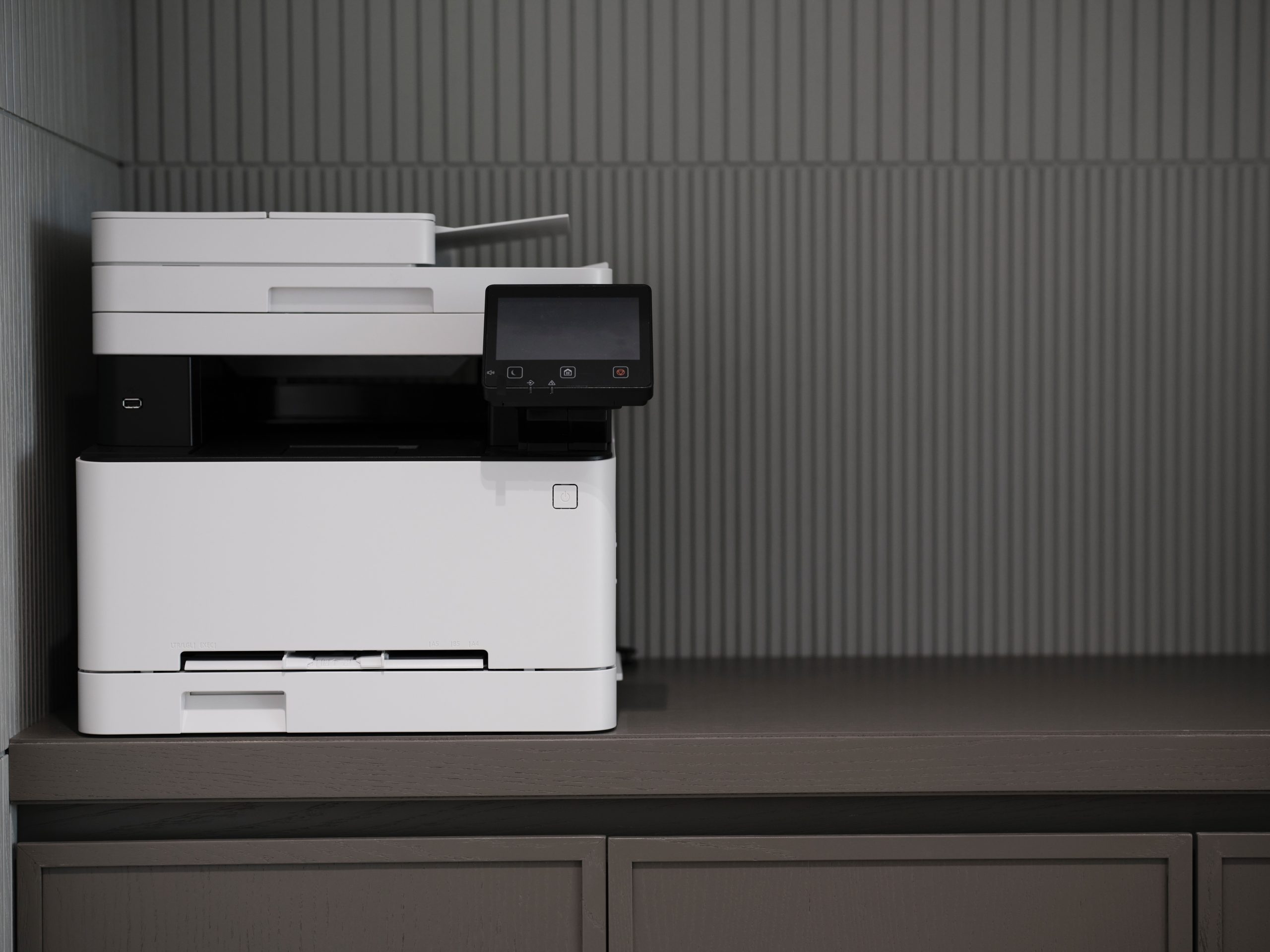How Does A Fax Machine Works? A fax machine is a device that allows for the transmission of documents or images over a telephone line. The process begins with the user placing the document or image on the scanning bed of the fax machine. Once the user presses the “send” or “fax” button, the fax machine scans the document or image with its built-in scanner, converting it into a digital format. The machine then converts the digital image into a series of audio tones that can be transmitted over the phone line. The fax machine dials the recipient’s phone number and sends the audio tones over the phone line. On the other end, the recipient’s fax machine receives the audio tones and converts them back into a digital image. Finally, the recipient’s fax machine prints out a copy of the original document or image using its built-in printer. The entire process can take anywhere from a few seconds to several minutes, depending on the quality of the phone connection and the size of the document or image being transmitted. Despite the advancement of email and other electronic communication methods, fax machines are still widely used in many industries and continue to play an important role in facilitating communication and document exchange.
What Does a Fax machine Use For?
A fax machine is a device that is used to transmit printed documents from one location to another using a telephone line. It works by scanning a document and converting the image into a series of electronic signals, which are transmitted over a telephone line to a receiving fax machine. The receiving fax machine then re-creates the document using the electronic signals it has received and prints out a hard copy of the document.
Fax machines are useful for transmitting documents quickly and securely, especially in situations where an original hard copy or signature is required. They are often used in industries such as healthcare, legal services, and government, where paper-based communication is still common.
Fax machines can also be used to receive incoming faxes, which are typically stored in memory until they are printed out by the user. Many modern fax machines also offer features such as automatic document feeding, multiple fax forwarding, and the ability to send and receive faxes over the internet, using a computer or mobile device.
How Does A Fax Machine Works Step by Step:
Here are the steps involved in the fax process:
- Place the document or image face down on the fax machine’s scanning bed.
- Press the “send” or “fax” button on the fax machine.
- The fax machine will start scanning the document or image with its built-in scanner, converting it into a digital format.
- Once the scanning process is complete, the fax machine converts the digital image into a series of audio tones that can be transmitted over a phone line.
- The fax machine then dials the phone number of the recipient’s fax machine and sends the audio tones over the phone line.
- The recipient’s fax machine receives the audio tones and converts them back into a digital image.
- The recipient’s fax machine then prints out a copy of the original document or image using its built-in printer.
The entire process can take anywhere from a few seconds to several minutes, depending on the quality of the phone connection and the size of the document or image being transmitted.
How Does Modern Fax Machine Works:
Modern fax machines typically work by using a combination of hardware and software to transmit and receive documents over a phone line or the internet. Here is a general overview of how a modern fax machine works:
- Document scanning: The fax machine scans the document using an optical sensor, which converts the printed text or image into digital signals.
- Data compression: The digital signals are compressed using a data compression algorithm to reduce the amount of data that needs to be transmitted over the phone line or the internet.
- Data transmission: The compressed data is transmitted over a phone line or the internet to the receiving fax machine.
- Receiving and decompression: The receiving fax machine receives the compressed data and decompresses it using the same data compression algorithm.
- Document printing: The decompressed data is then printed out by the receiving fax machine on paper, using a thermal or laser printing process.
Also, Check When Was The Fax Machine Invented?
Modern fax machines may also include additional features such as automatic document feeding, which allows multiple pages to be scanned and transmitted at once, and the ability to receive and send faxes over the internet, using a computer or mobile device. In these cases, the fax machine may use software or online services to handle the data transmission and reception, instead of a physical phone line.
